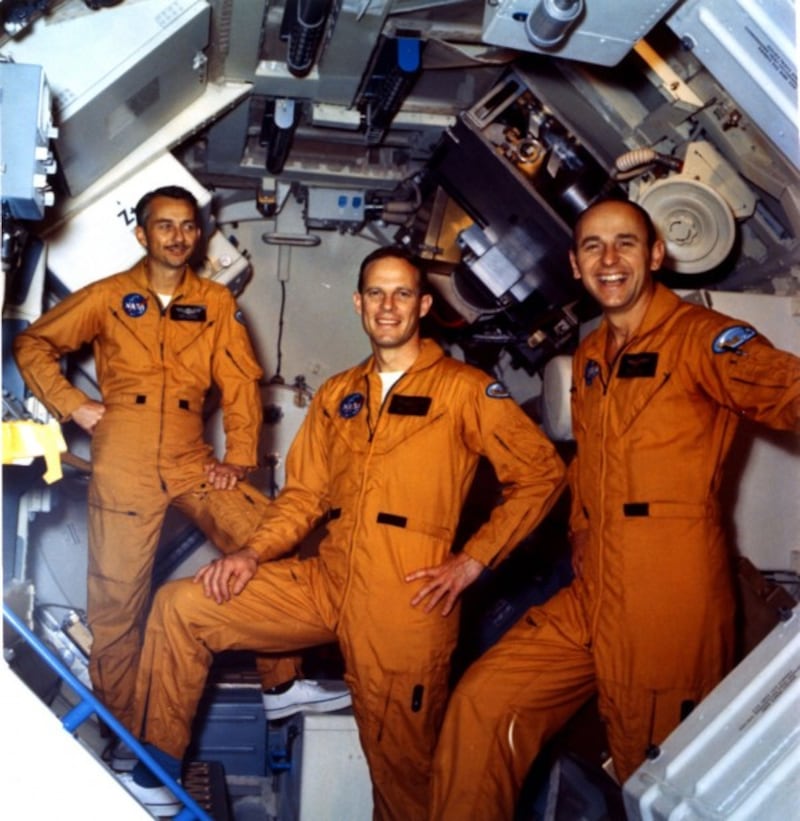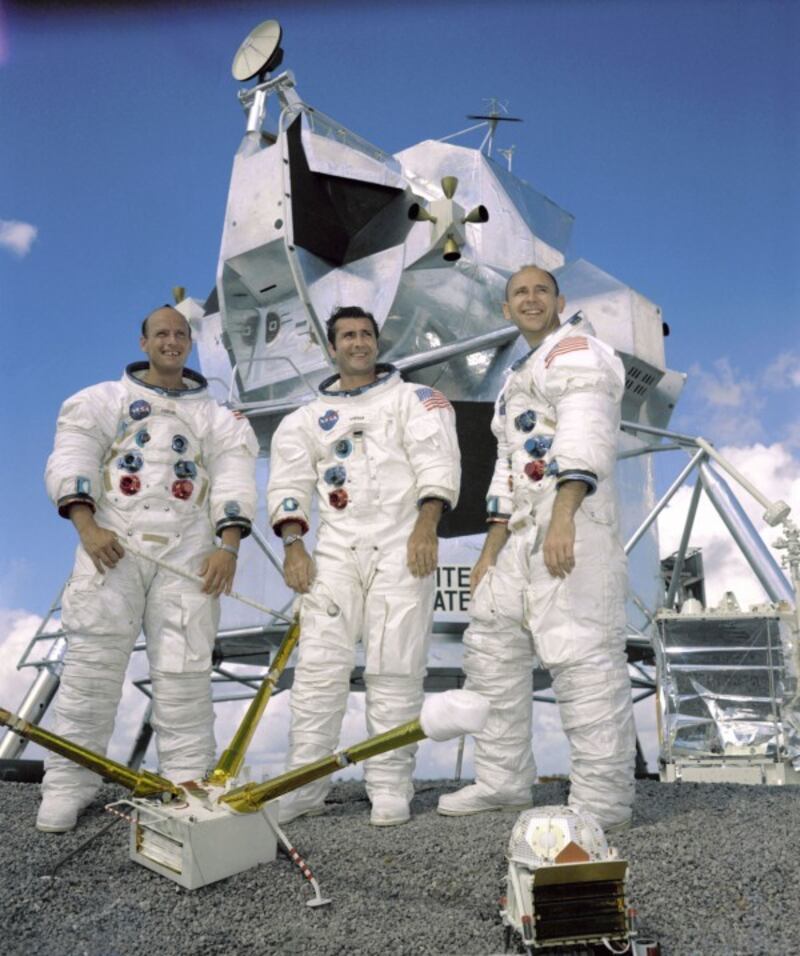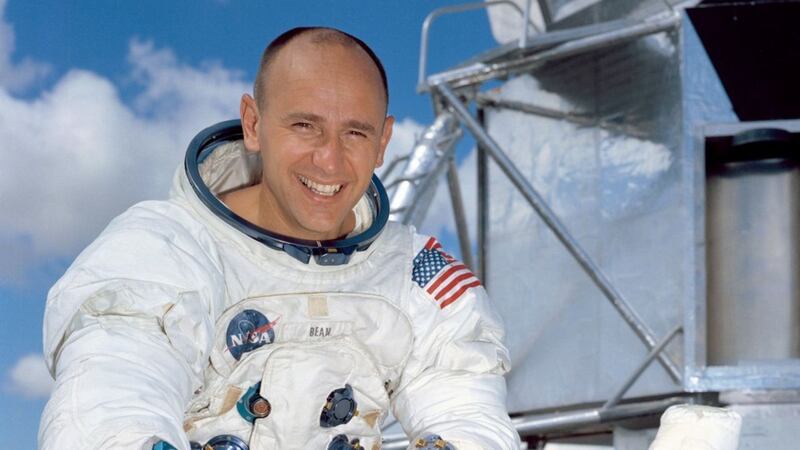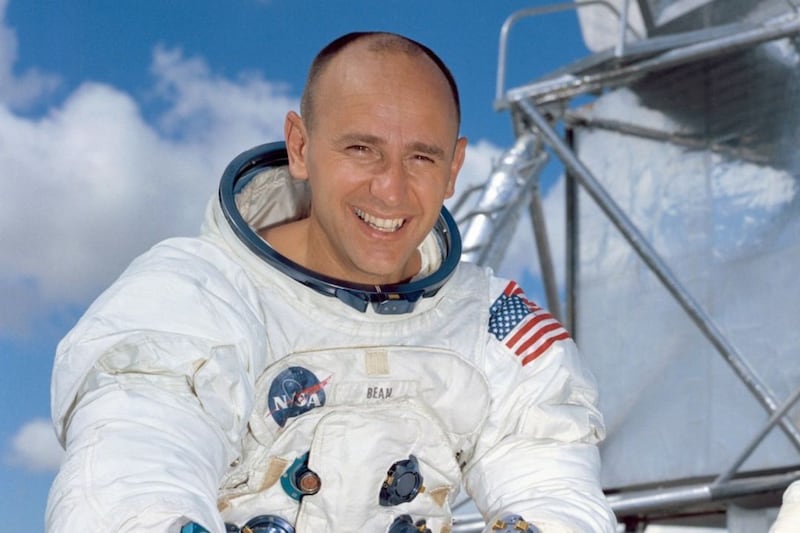Almost five decades ago, US astronaut Alan Bean became the fourth man to walk on the moon, following fellow crew member Pete Conrad.
Now reflecting on his time spent in space and employment at Nasa, the 85-year-old has come up with his own theories about alien life.
Bean, who was the lunar module pilot on the Apollo 12 mission in 1969, believes in the possibility of alien existence but says it is unlikely they have visited Earth.

“One of reasons I don’t believe they have been here is that civilisations that are more advanced are more altruistic and friendly – like Earth, which is better than it used to be – so they would have landed and said ‘we come in peace and we know from our studies you have cancer that kills people, we solved that problem 50 years ago, here’s the gadget we put on a person’s chest that will cure it, we will show you how to make it’,” Bean told news.com.au in an interview.
“Just like some day, say 1,000 years from now, when we can go to another star and see a planet, that’s what we would do because we will know how to cure cancer, cure birth defects, so we would teach them.”

But the astronaut, who resigned from Nasa in 1981 to devote his time to painting, says he is convinced about extraterrestrial life.
Bean’s theory is that because there are so many billions of stars out there and many of these stars have planets around them, there is a statistical probability some of these celestial bodies may contain life.
“Maybe some of them are like our life was 100,000 years ago, and some of them are like we are now, and there are probably some out there that are a 10,000 years in the future from where we are now,” he said.



